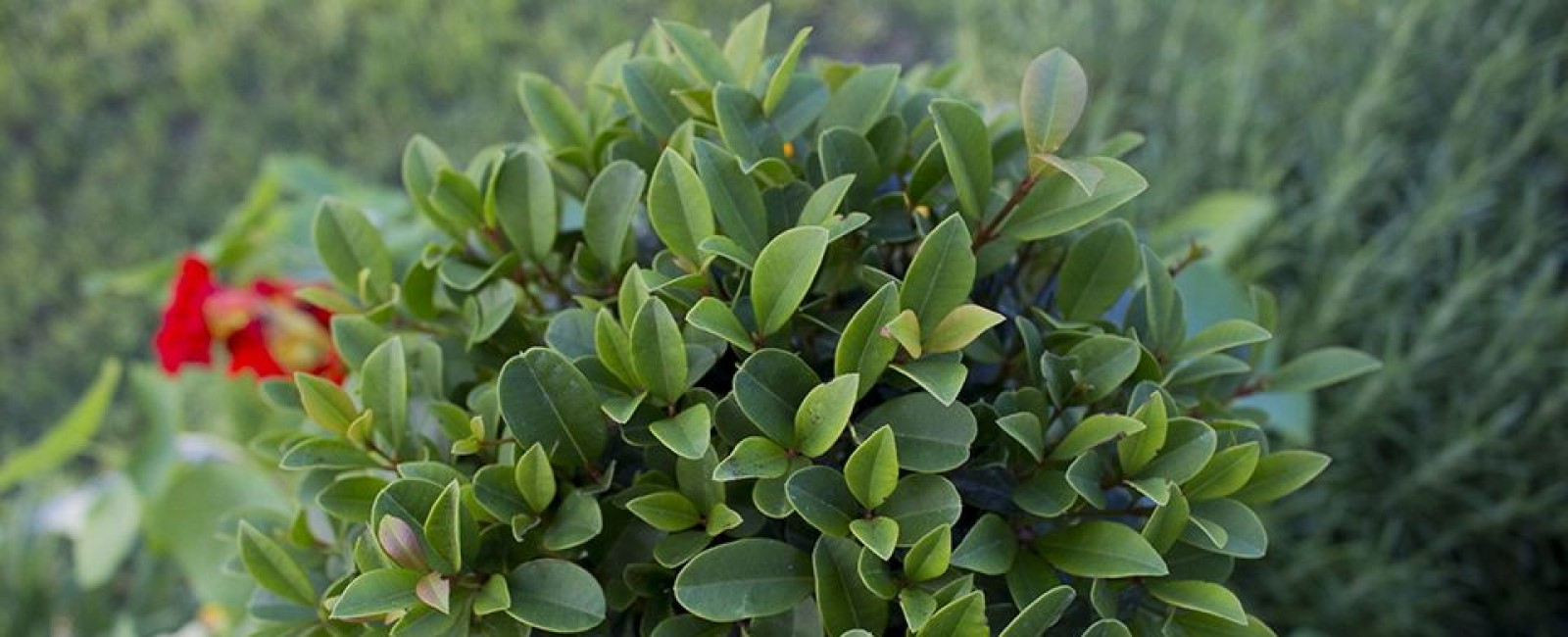 Hardy Annual Height: 18″ – 36″ tall Root: Fibrous, shallow Stem: Hairy, hollow, succulent, branching Leaf: Oval, pointed, alternate, roughly, hairy, 4″ long and 1-1/2″ wide Flower: Five intensely blue star shaped petals, prominent purple stamen column, flower to 1″ wide in drooping clusters. Blooms April through October Seed: Black |
Borage, Borago officinalis
Borage is a beautiful plant that has had a reputation for making men (and presumably women) merry, since the days of the early Greeks. Maybe the Greek proven”I Borage, bring always courage” was the basis of a curious tradition in the days of the Crusades. As the crusaders marched off to battle, their sweethearts bid them adieu by placing the star-shaped blossom of the borage in the wine cup. They went forth full of courage and vigor. During the Middle Ages, borage flowers were embroidered on scarves and presented to warriors before battle as an emblem of courage. Taken as a tonic by competitors before tournaments and jousts in England, borage was believed to exhilarate the mind. Its popular names are indicative of it other attributes: herb of gladness, cool tankard, bee bread, and burrage. |
Plants grow up to 3 feet high. Gray-green leaves are covered with bristly whitish hairs that can reach to 6 inches long. During summer, lovely blue, star-shaped flowers droop downward. Foliage and flowers do not emit a fragrance but produce a fresh, cucumber like flavor.
Planting and Care.
Seeds are large and easy to sow in place. Accepts any well-drained soil. After seedlings are up and growing keep on the dry side; over-watering will kill the plants. Borage will grow in sun or partial shade and self sows. Allow at least two feet off space between neighboring plants. Once you plant borage, you’ll likely have volunteer seedlings for years to come.
Harvesting and Use.
Good companion plant with tomatoes, and strawberries, repelling tomato worms. Honeybees are attracted to the flowers, which help increase pollination of surrounding plants.
In the kitchen, tender young leaves and stems are chopped and added to green salads, spreads, and fruit and wine drinks, imparting a cool cucumber flavor. Scrape long hairs from large stems and chop before adding to salads or steeping in beverages.
Floating borage flowers in punch bowls and summer drinks is a tradition, and they are especially striking frozen in ice cubes. For an unusual, striking cake decoration, dip borage flowers in egg white, coat with sugar and dry.
CAUTION: Borage is high in potassium and calcium. However, when consumed in large quantities over a long period of time, it can cause liver damage. Use in moderation.
Uses:
Cucumber flavored juicy leaves in fruit cups, summer punches, fruit drinks, salads, garnishes; candied flowers for confectionery and cake decoration. Can be used as a spinach substitute, is rich in calcium and potassium.
Medicinal:
Leaves for poultices, diuretic; an infusion of the leaves for coughs, the whole plant contains mucilage which gives it its demulcent quality.

